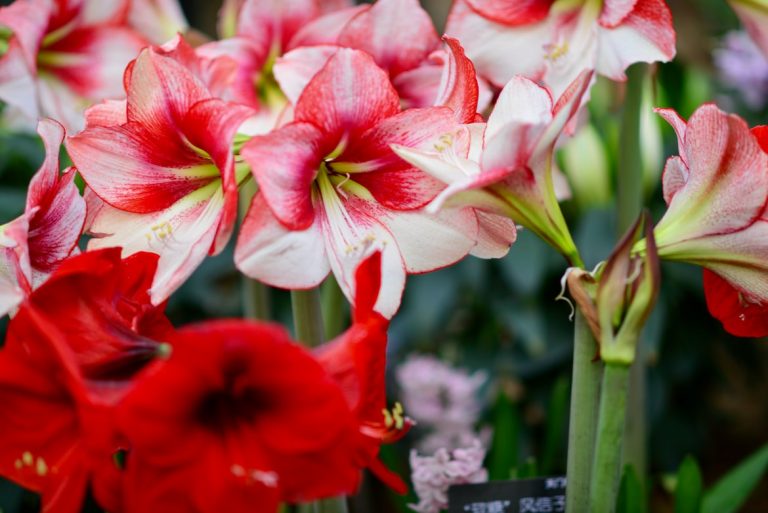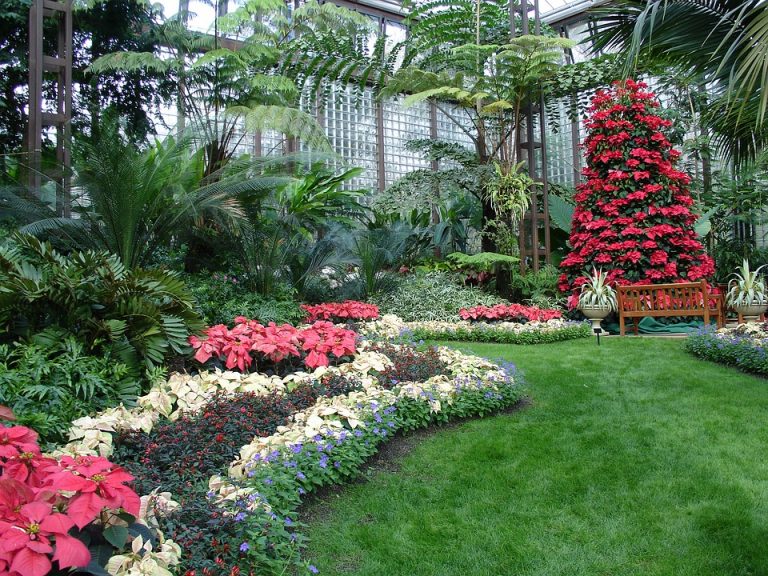How to Grow and Care for Bluebells?
About Bluebells
Bluebells (Hyacinthoides non-scripta) are perhaps our most familiar spring wildflower. Their mauve and blue coloring are unmistakable and the scent they release into the air is unmistakable woodland.
Among the earliest flowers to appear, the nodding flowers of the Bluebell cover broadleaf woodlands with a spectacular blue carpet each April and May. The species is considered a key indicator for ancient woodland and so care for this beautiful flower has become an important issue for conservationists in recent years.
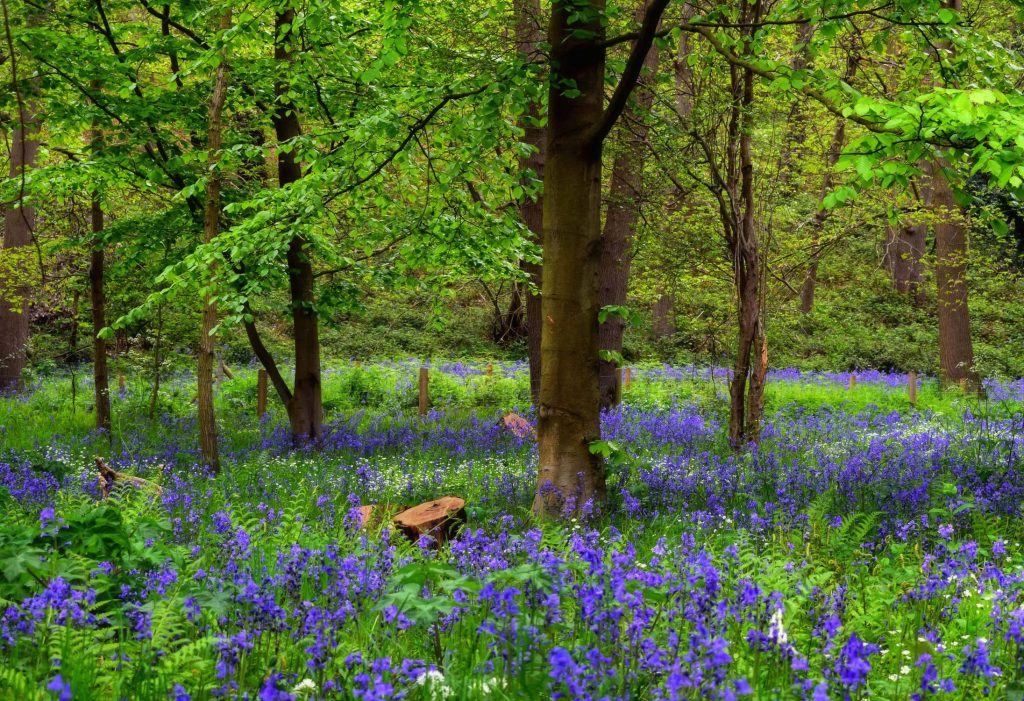
The Bluebell has also been designated a priority species in Scotland’s Biodiversity List, meaning that a targeted approach to its conservation is required.
While found across much of the mainland UK, populations are small due to habitat loss, leading to the species being listed as vulnerable on the International Union for Conservation of Nature’s Red List.
Bluebells Play an Important Role in Ecosytem:

Bluebell woods are a valuable source of nectar for early-season insects. The flowers are a good source of pollen and nectar for bumblebees and other pollinating insects. Bluebells can be used as companion plants for fruit trees since the flowers provide food for pollinators at the same time as fruit trees are in bloom.
Growing Bluebells
Bluebells are a wonderful addition to any garden, with their dainty bells appearing in April and May. They’re perfect for covering large swathes of ground – especially underneath deciduous trees and shrubs, where they’ll thrive in the shade and damp conditions.

The trick to growing bluebells is to plant them when they’re dormant (usually between October and early November) and allow them to establish themselves before the winter weather sets in.
They’ll then grow into healthy plants that will spread naturally, forming carpets of color over time. In the right conditions, they can self-seed quite vigorously, so if you want to keep them in check, you could try growing them in pots or containers rather than in borders.

Things to Remember: Bluebells do not like being transplanted as they have a tendency to go into shock so it is best to buy them in pots or packs of bulbs to plant out so they can establish undisturbed before flowering.
Caring Bluebells
Yes, they’re very easy to care for. Just keep in mind that they go dormant during the summer and bloom in early spring from bulbs. To help you out, here are some of the guides you can follow to ensure a healthy growing plant:

Light Requirements
Most bluebells need partial or dappled shade to thrive. In areas with hot summers, afternoon shade is ideal. Bluebells will still grow in full shade, but they are not as healthy, the leaves turn yellowish-green and the flowers are fewer and smaller.
Soil and Water Requirements
Bluebells prefer wet soil but will tolerate a wide range of conditions. Once established, they can withstand drought easily. They do not like acidic soil, so Mulching with acidic materials should be avoided (for instance, pine needles or spruce bark). A good mulch for bluebells would be shredded leaves. Bluebells enjoy the partial shade and moist soil.

Temperature and Humidity Requirements
Bluebells are among the most beautiful spring wildflowers. They will grow in U.S. Department of Agriculture plant hardiness zones 5 through 10, depending on the variety. Bluebells prefer cool temperatures and partial shade, so they are often found growing under deciduous trees where light levels vary with the season.
Propagating Bluebells
Bluebells are very easy to grow from seed and will germinate within a few weeks.

Here are two ways you can try:
Natural Propagation
Bluebells are typically naturalized by self-seeding. The flowers form large seed pods after they bloom in early spring, which burst open when ripe and disperses their seeds in the wind. Provide bluebells with a shady spot under shrubs or trees where they will not be disturbed, such as in a woodland garden or along a shady side yard path.
Division
The easiest method of propagating bluebells is by division or splitting the clumps of bulbs that form naturally over time. Dig up the clump you wish to divide with a spade after the foliage has died back in summer and pull apart the bulbs by hand. Plant each bulb in a separate hole at the same depth as its original planting depth, spacing them 8 to 12 inches apart. Bluebells do best when left undisturbed for several years; once they have settled into their new location, they will begin to slowly multiply.

Pest and Disease Control
Bluebells and Hyacinthoides non-scripta are woodland plants, so they are not usually affected by pests and diseases.
Despite this, bluebells can sometimes suffer from problems such as leaf spots or rust, which can cause the leaves to turn yellow or dieback.
Bluebells can also be affected by viruses that are transmitted by aphids. These viruses can stunt the plant’s growth or cause malformed flowers.
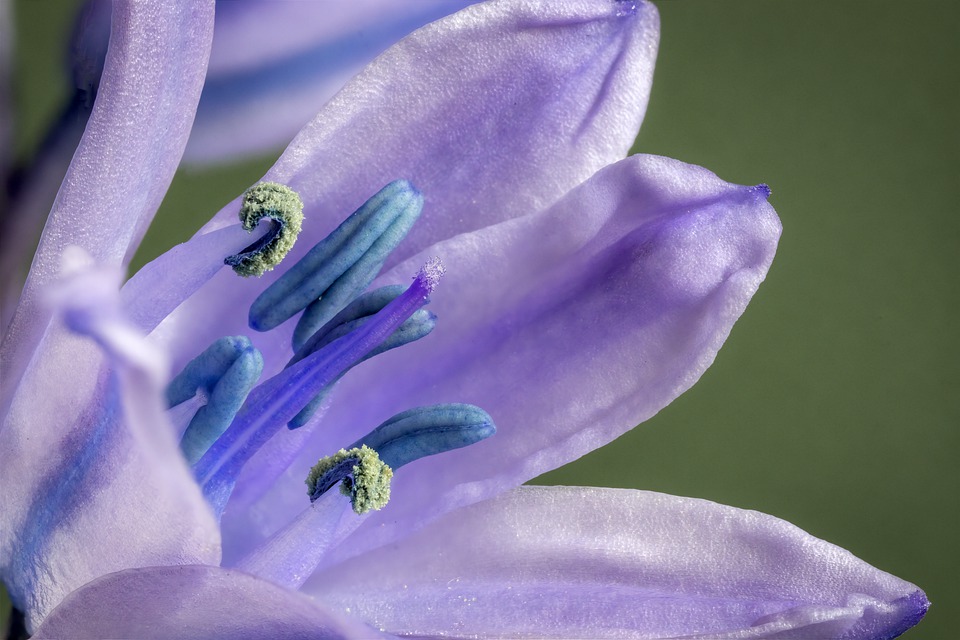
The most common pests associated with bluebells include slugs, snails, and greenflies.
Slugs and snails may feast on the leaves of your bluebells. They leave behind holes in the foliage and slime trails that indicate their presence.
If you notice these signs, you will need to treat your plants with a slug killer or another suitable control method. It’s best to do this in the evening as they are more active at night.
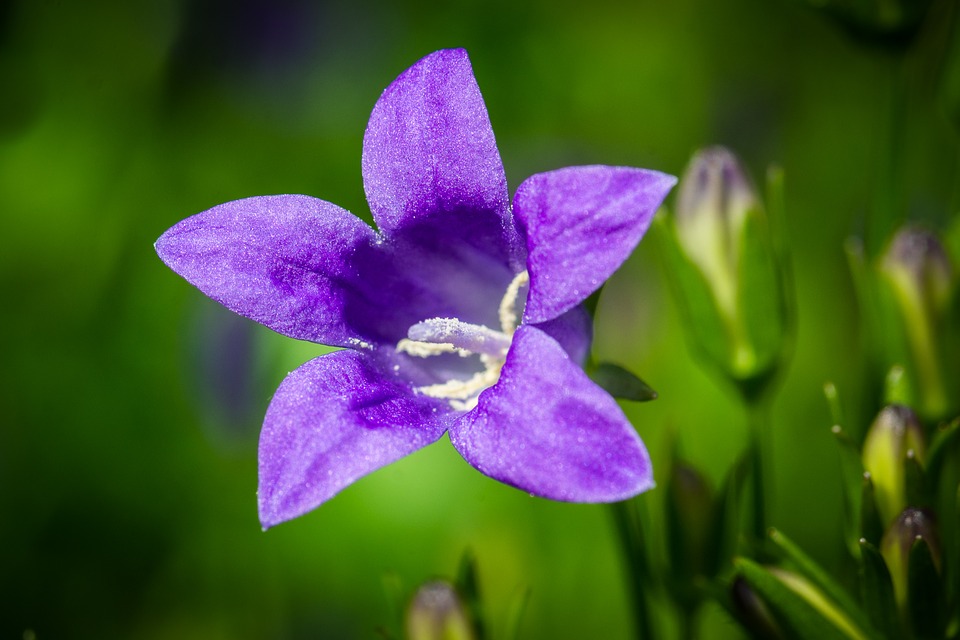
Aphids (greenfly) Aphids may be found sucking sap from your bluebell flowers and leaves. They leave behind a sticky residue known as honeydew which can attract ants and other pests.
There are several ways to treat an aphid infestation in your garden:
Wash off plants with a strong water spray. This will remove most of the aphids from the plant.

Prune any badly affected stems from the plant and destroy them.
Consider using an insecticide to control the aphid population. Be sure to follow the directions on the package carefully so you don’t harm beneficial insects. Do not use insecticides if you have honey bees nearby — they may kill pollinators.



